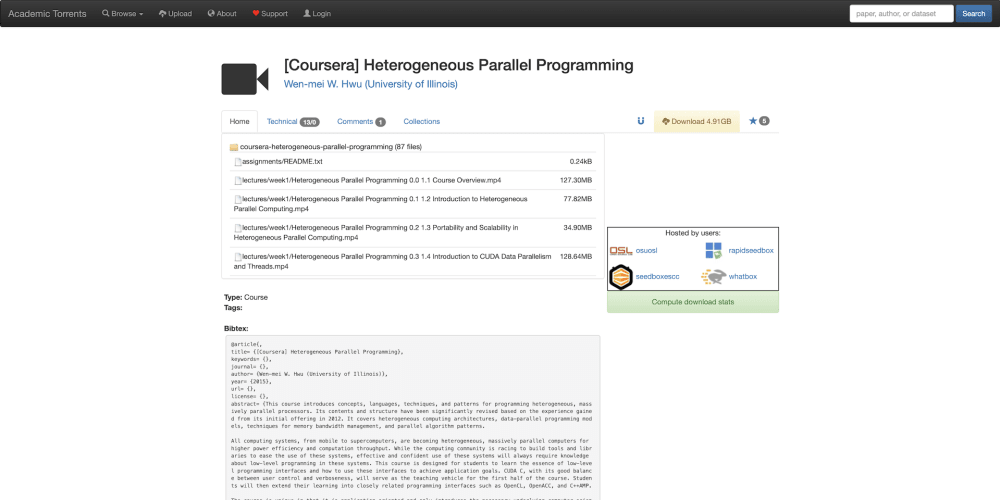Mobile app development is an exciting yet challenging process. At Media Clock, we pride ourselves on delivering exceptional results with a professional touch that’s second to none.Whether you’re launching your first app or refining your skills as an experienced developer, navigating the complexities of development requires a combination of strategy, design, and efficient execution. Let’s dive into key strategies that will help you streamline your app development process and bring your vision to life.
Start with Clear Goals
Before you even write your first line of code, it’s essential to establish clear goals for your mobile app. What problem will your app solve? Who is your target audience? And what are the core features that will make your app valuable to users? Answering these questions will create a strong foundation for your app and help you stay focused during the development process.
Start by sketching out the app’s purpose, the key user personas, and a basic feature list. This initial blueprint will serve as a guide throughout the process, keeping your development efforts aligned with your vision. Defining goals early on also helps avoid scope creep and unnecessary features that can clutter the user experience.
Prioritize User Experience (UX)
User experience is everything when it comes to mobile apps. Your app’s success hinges on how easy and enjoyable it is to use. Simple, intuitive navigation and fast load times are key to keeping users engaged. A clunky or confusing app will turn users away before they even have a chance to explore your features.
To prioritize UX, start by mapping out user flows for the main actions in your app. Create wireframes and prototypes to test these flows with real users before moving to full development. Pay attention to details like button placement, screen transitions, and minimizing the number of steps required to complete tasks. Remember, your users should be able to achieve their goals with minimal friction.
Use Agile Development
Agile development is a game-changer for mobile app projects. Rather than trying to build everything at once, Agile breaks the project into manageable sprints, allowing for regular feedback and iterative improvements. This methodology encourages collaboration, quick adjustments, and more flexibility, ensuring that you can adapt to changes and optimize the app as it evolves.
Each sprint should focus on completing specific features or parts of the app. After each sprint, gather feedback from stakeholders, developers, and even potential users. This continuous feedback loop helps catch potential issues early on, leading to a more polished and user-friendly final product.
Leverage Cross-Platform Tools
Developing apps for both iOS and Android can be time-consuming and expensive if you’re working with two separate codebases. Cross-platform development tools like Flutter and React Native allow you to create apps for both platforms using a single codebase, saving time, reducing costs, and ensuring consistency.
These tools also allow for quicker updates and easier maintenance since you’re only working with one codebase. Cross-platform frameworks have come a long way, offering near-native performance while maintaining flexibility for future updates and platform-specific customizations.
Optimize for Performance and Scalability
Performance optimization is critical in mobile app development. Users expect apps to be fast and responsive, regardless of the device they’re using. To achieve this, ensure that your app is optimized for speed and efficiency from the start. Compress images, optimize data usage, and streamline the code to reduce load times.
Additionally, consider scalability from the outset. As your user base grows, your app needs to handle more traffic and data without slowing down or crashing. Design your architecture to be flexible and scalable, with features like load balancing, caching, and cloud-based solutions that allow for seamless growth.
Test Early and Often
Testing is an integral part of mobile app development. Instead of waiting until the end of development to test everything at once, conduct regular testing at each stage of development. Early testing allows you to catch bugs and usability issues before they become major problems.
Use both manual testing and automated testing to ensure your app works flawlessly across different devices, operating systems, and screen sizes. Test for functionality, performance, security, and compatibility with various network conditions. Also, involve real users in the testing process to get valuable insights on how your app performs in real-world scenarios.
Conclusion
By following these strategies, you can navigate the complexities of mobile app development with confidence. Starting with clear goals, prioritizing user experience, adopting Agile methods, leveraging cross-platform tools, and optimizing for performance will help you build apps that users love. Remember, the key to success is not just in the code but in delivering value and a seamless experience to your users.
Checkout Media Clock for more.


















